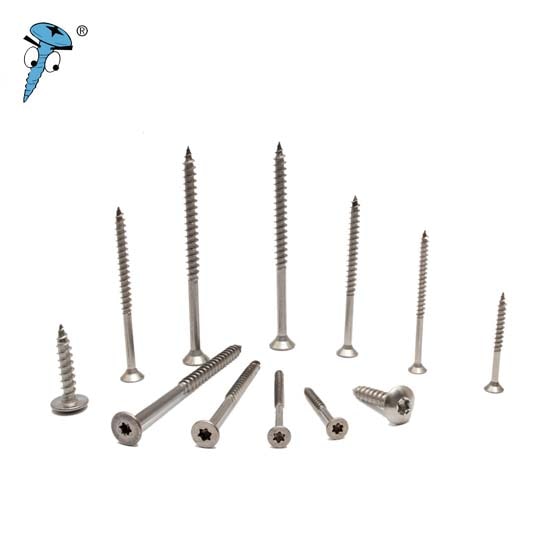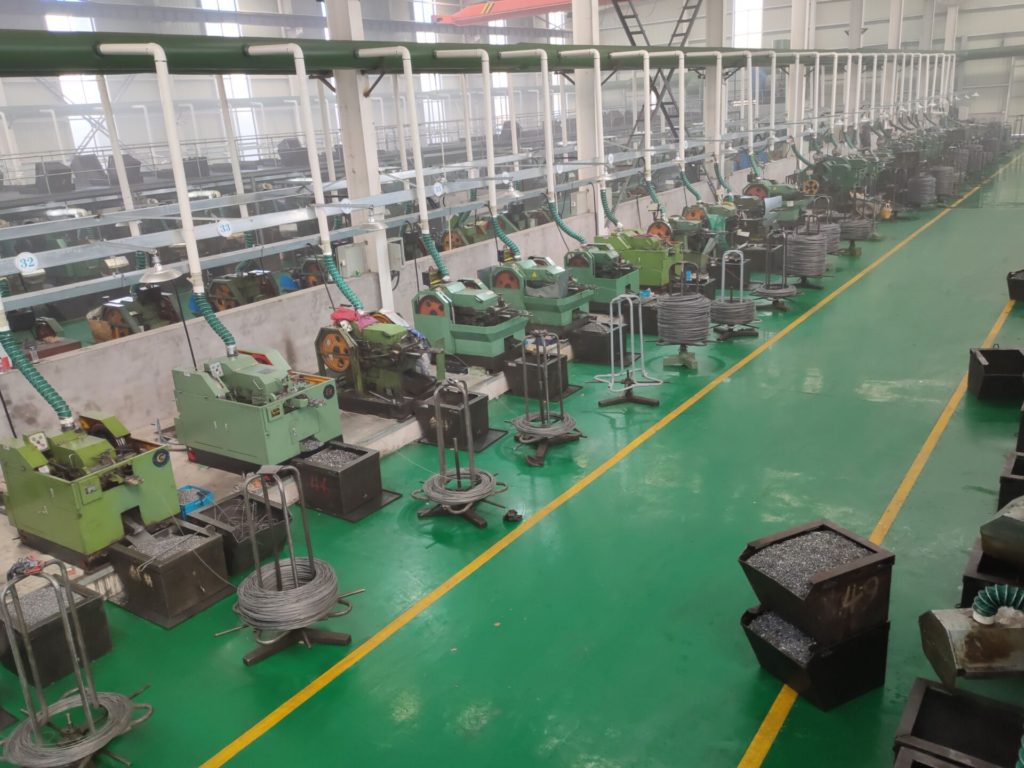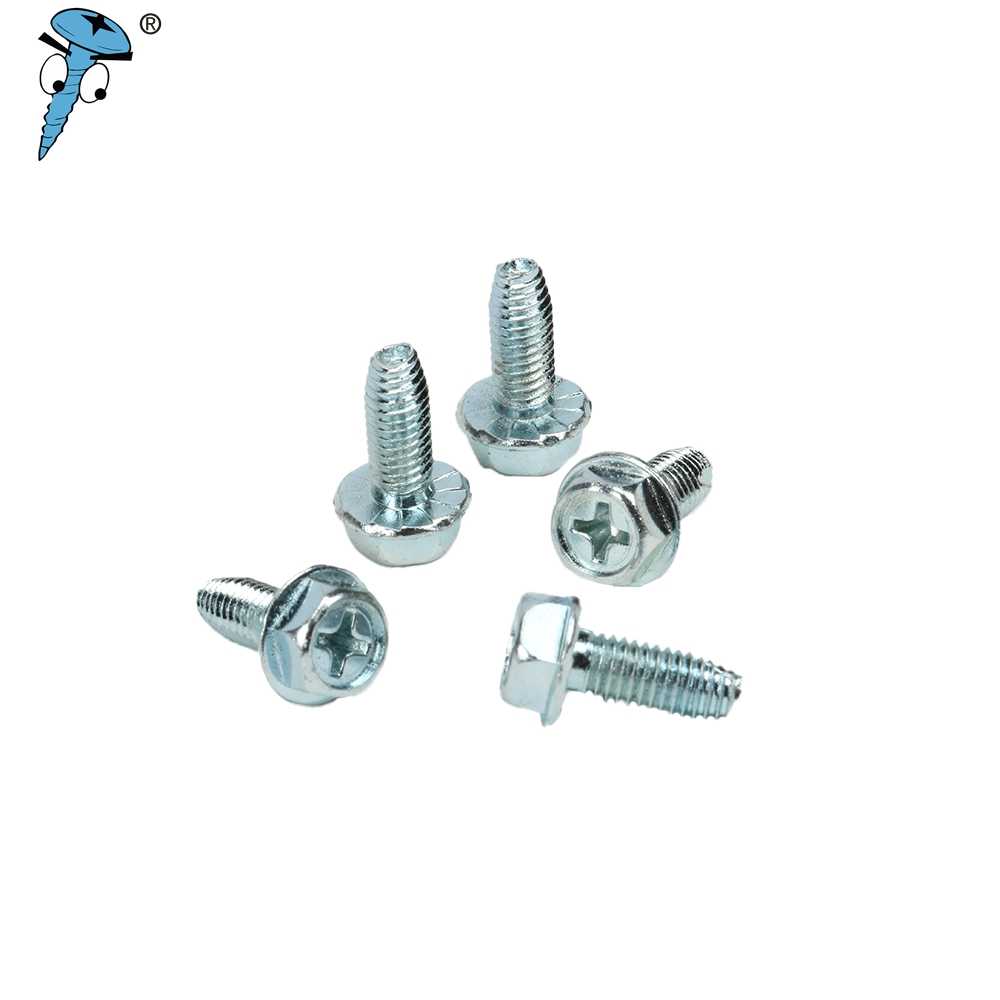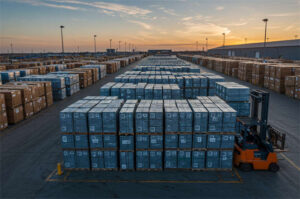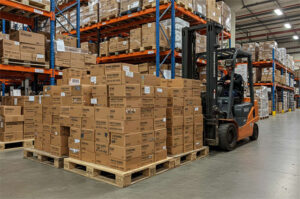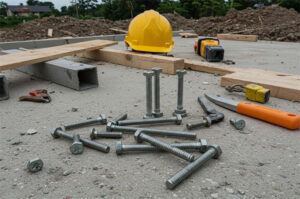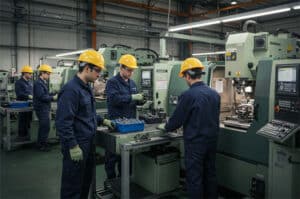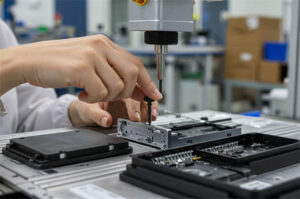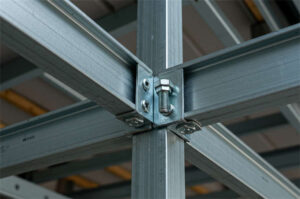Prince Fastener:The industry standard for stainless steel fasteners
Stainless steel fasteners also refer to stainless steel screws, which are national standard screws. Stainless steel fasteners are usually used for fastening more expensive machine parts because of their beautiful appearance, durability, and strong corrosion resistance. With the progress of society, higher requirements have been put forward for stainless steel standard parts. So what are the common industry standards for stainless steel fasteners? How to choose stainless steel standard parts?
1. Common industry standards for stainless steel fasteners
Stainless steel fasteners are called stainless steel standard parts. Common industrial standards for stainless steel fasteners include the following standards:
1. Standards for the size of stainless steel fasteners: such as GB/T 152.1-1988, GB/T 152.2-2014, etc., specify the basic size of the product. Threaded products also include the basic size of the thread, thread end, shoulder distance, undercut and chamfer, and the end size of externally threaded parts.
2. Standards for technical conditions of stainless steel fasteners. Specifically, it includes the following standards:
a. Standards for fastener product tolerances: specify product size and geometric tolerances.
b. Standards on the mechanical performance of fastener products: specify the marking method of product mechanical performance grade and the content of mechanical performance items and requirements. Some fastener products change this content to the range of product material performance or work performance.
c. Standards for surface defects of fastener products: specify the types and specific requirements of product surface defects.
d. Surface treatment standards of fastener products, such as GB/T 5267.4-2009, which specifies product surface treatment types and specific requirements.
e. Standards for the test of stainless steel fasteners: specify the test contents of the various performance requirements mentioned above.
3. Standards for product acceptance inspection, marking and packaging of stainless steel standard parts: specify the qualified quality level and sampling plan of the random inspection items during the factory acceptance of the product and the content of the product marking method and packaging requirements.
4. Standards on the marking method of fastener products: specify the complete marking method and simplified marking method of the product.
5. Other standards of stainless steel fasteners include the middle of fastener terminology, the standard of fastener product weight, etc.
This picture is provided by registered user “Sky City”, copyright notice feedback.
2. Material selection requirements for stainless steel standard parts
Stainless steel standard parts have their requirements for production materials. Most stainless steel materials can be made into steel wires or bars for fastener production, including austenitic stainless steel, ferritic stainless steel, martensitic stainless steel, and precipitation hardening stainless steel. So what are the principles when selecting materials? The selection of stainless steel materials is mainly considered from the following aspects:
1. Requirements for fastener materials in mechanical properties, especially strength.
2. The requirements of working conditions on the corrosion resistance of materials.
3. The working temperature requires the material’s heat resistance (high-temperature strength, oxidation resistance).
4. Requirements for material processing performance in terms of production technology.
5. Other aspects must be considered, such as weight, price, and purchasing factors.
After careful and comprehensive consideration of these five aspects, the functional stainless steel materials are finally selected according to relevant national standards. The standard parts and fasteners produced should also meet the technical requirements: bolts, screws and studs (3098.3-2000), nuts (3098.15-2000), set screws (3098.16-2000).
